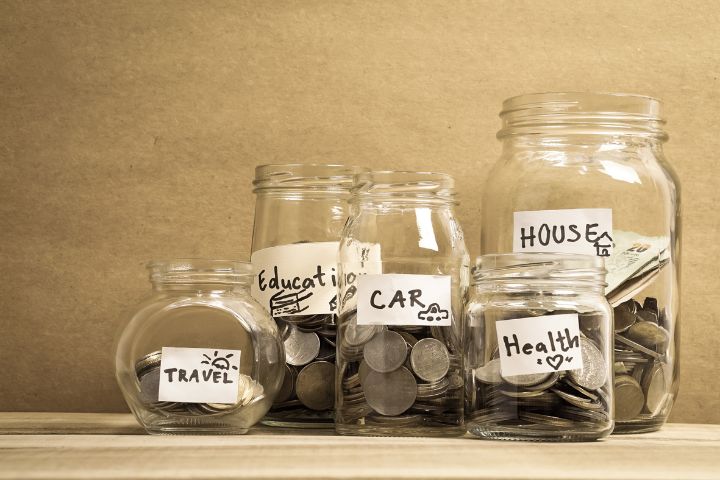

Nine tips to create a realistic savings plan on a budget
Creating a realistic savings plan might seem impossible when you're on a tight budget. However, there are always options available to help you work towards your saving goals.
To create a savings plan that works for you, you need to set clear goals, assess your current financial situation, and adjust your spending habits accordingly. Here's how you can get started:
1. Set those all-important goals
The first step in saving money is to determine your savings goal. This could be an emergency fund, a down payment for a house, a new car, or a holiday. The savings goal you set should be significant enough to motivate you to stick to your plan. If you have multiple savings goals, it can be helpful to categorise them into short-term (within a year), medium-term (1-5 years), and long-term (more than 5 years) goals.
2. Take a close look at your income and expenses
Tracking your monthly income and expenses is always important to understand where your money is going, and it's vitally important when creating a savings plan. This will give you a clear picture of your financial situation and help you identify areas where you can cut back.
3. Create a budget
Based on your income and expenses, create a realistic budget that allocates money for your needs, wants, savings, and debts. The 50/30/20 rule can be a helpful guideline - 50% of your income goes to needs, 30% to wants, and 20% to savings and debt repayment.
4. Cut out any unnecessary expenses
Look for areas where you can reduce expenses, such as dining out, subscriptions you don't use, and high utility bills. Even small savings can accumulate over time. Check out our helpful money-saving tips here:
- Simple and effective ways to save money on your utility bills
- Ten ways to manage your money and improve your financial situation
- Six useful tips to cut your bills in half and save money
5. Increase your income
If you find that your budget is too tight to allow for putting any money into a savings account, it might be worth considering ways to increase your income instead of cutting back on your expenses. You could have an open and honest conversation with your boss about getting a pay raise, start a side hustle, or work a few extra hours during the weekend. Here are six practical tips to boost your income.
6. Automate your savings
When you're going through a financially tight phase, it becomes tempting to skip a savings payment. To avoid that, it's a good idea to set up automatic transfers from your regular account to your savings account on the same day you get paid. By adopting this "pay yourself first" approach, you'll save money before you even have a chance to spend it. This helps you stay on track with your savings goals, and you won't miss any savings payments.
7. Choose the right savings tools
It's a good idea to divide your savings into separate accounts to avoid using them unnecessarily. You can make payments towards your short-term goals and earn interest on them in a standard savings account. However, you may also want to consider transferring some of your savings to a higher-yield investment account to achieve your long-term goals.
8. Monitor and adjust your savings plan
It's important to regularly review and adjust your savings plans, as your financial situation and goals are likely to change over time. By keeping track of your savings plan, you can monitor your spending habits and identify areas where you can reduce expenses and allocate more funds towards your savings. This way, you are continually optimising your budget.
9. Stay motivated
Saving money while on a budget can be challenging, especially in the early days when you're not seeing any rewards for your efforts. But if you keep focussing on your goals and celebrate even the smallest of victories, you'll find it easier to stay motivated. Make sure you regularly track your progress – seeing your savings grow will inspire you to keep going.
Start saving today
Creating a savings plan can be difficult, but it's important to view it as a way to secure your future rather than depriving yourself of what you want. Think of it as paying yourself first, so you can enjoy the benefits later. Consistency and flexibility are key to a successful savings plan, and it's okay to start small and adjust your goals as your financial situation changes. The most important thing is to start saving now and make it a habit.
If you get hit with an unexpected expense that you need to pay, but don't have enough savings to cover it, a small cash loan might be a good alternative — and we can help! Take a look at our cash loans up to $5,000 to see how quick and easy it is to get some extra funds. Once your loan is approved, the money is usually in your bank account within a few hours - giving you peace of mind knowing we're here to support you when you need it most.